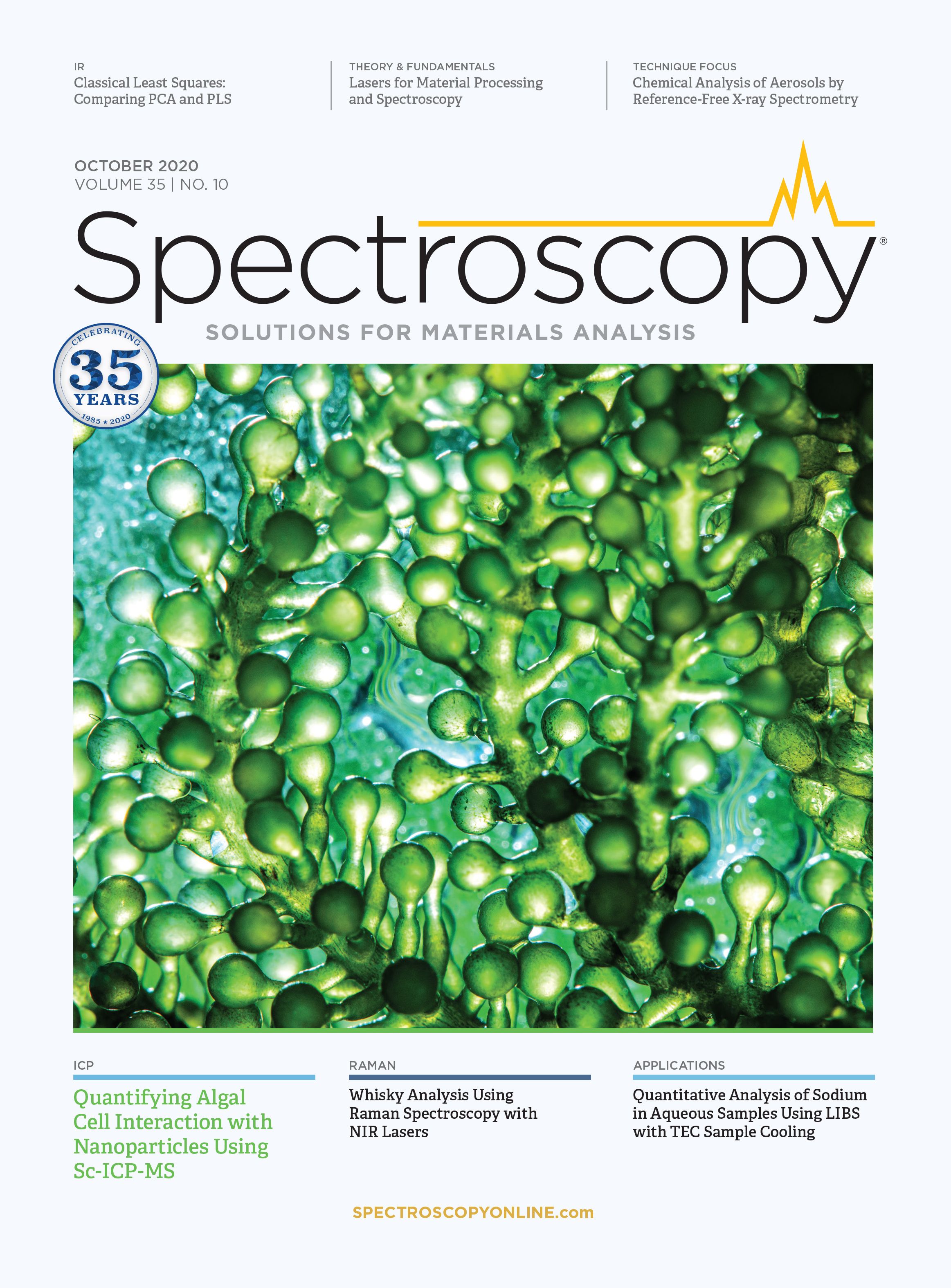The 59th Eastern Analytical Symposium Offers a Virtual Experience in 2020
This year’s EAS offers sessions live November 16–19 and on-demand until December 31.
Once again, the Eastern Analytical Symposium takes the spotlight November 16–19, providing analysts with the latest developments in areas ranging from biopharmaceutical analysis to materials characterization, from quality assessment to green analysis, and from environmental contaminant determination to antibody analysis, to name a few of the many areas covered.
Of course, this year’s meeting is different because of our response to the presence of COVID-19. It will be virtual! There will be live on-line sessions each day during the week of November 16 to November 19. Additionally, the EAS will present pre-recorded on-demand sessions available at any time through December 31 to those who register for the Symposium. In addition, be sure not to miss the online virtual exhibition for the latest innovations from the vendors you have come to rely on.
This year, the EAS Awards for achievements in spectroscopy recognize the outstanding contributions of Barbara S. Larsen (mass spectrometry), Arthur Palmer (magnetic resonance spectroscopy), and John Reffner (vibrational spectroscopy), and you can tune in live to these award sessions. Also live are the sponsor awards such as the SAS Gold Medal, honoring Howard Mark and Jerome Workman, as well as the Ernst Abbe Award to Brian J. Ford. But there also are many pre-recorded on-demand sessions and posters on topics such as spectroscopic analysis of materials, forensic analysis, biological and pharmaceutical analysis, microscopy, Raman imaging, LIBS, and many more.
Two highlights of the EAS in years past have been the keynote lecture and the plenary lecture, and this year’s lectures should be exceptionally entertaining for attendees. The keynote lecture by Eric Green of the National Institutes of Health is titled “The Human Genome Project Was Just the Beginning: Research Opportunities at ‘The Forefront of Genomics’.” The plenary lecture, “The Fascinating Impact of Nanoscale Structure on Chromatography and Mass Spectral Ionization,” will be given by Susan Olesik, this year’s winner of the EAS Award for Outstanding Achievements in the Fields of Analytical Chemistry. Her lecture combines two themes that should interest a wide audience. In addition, this year there is a special lecture presented by Adam Lanzarotta of the U.S. Food and Drug Administration titled “The FDA Forensic Center’s Role in the 2019 Vaping Crisis.” These three lectures focus on important issues in science, and how these issues affect the world around us.
The Eastern Analytical Symposium is known for its large suite of short courses tailored to the needs of analysts. This year, we are proud to continue the tradition of short courses on a wide range of traditional and novel topics in analysis. Whether it’s gas or liquid chromatography, hyphenated methods, spectroscopic methods including imaging, NMR spectroscopy, FT-IR spectroscopy, or topics like communication or process analysis, there is a course at EAS for you!
These courses will be presented in a live video format that allows interaction with the instructor, over several weeks, allowing interested persons to attend multiple short courses.
So, visit our website, eas.org, for the latest news and registration information for this year’s virtual EAS. Be sure to take advantage of the discounted pricing we offer to those who register early!

LIBS Illuminates the Hidden Health Risks of Indoor Welding and Soldering
April 23rd 2025A new dual-spectroscopy approach reveals real-time pollution threats in indoor workspaces. Chinese researchers have pioneered the use of laser-induced breakdown spectroscopy (LIBS) and aerosol mass spectrometry to uncover and monitor harmful heavy metal and dust emissions from soldering and welding in real-time. These complementary tools offer a fast, accurate means to evaluate air quality threats in industrial and indoor environments—where people spend most of their time.
NIR Spectroscopy Explored as Sustainable Approach to Detecting Bovine Mastitis
April 23rd 2025A new study published in Applied Food Research demonstrates that near-infrared spectroscopy (NIRS) can effectively detect subclinical bovine mastitis in milk, offering a fast, non-invasive method to guide targeted antibiotic treatment and support sustainable dairy practices.
Smarter Sensors, Cleaner Earth Using AI and IoT for Pollution Monitoring
April 22nd 2025A global research team has detailed how smart sensors, artificial intelligence (AI), machine learning, and Internet of Things (IoT) technologies are transforming the detection and management of environmental pollutants. Their comprehensive review highlights how spectroscopy and sensor networks are now key tools in real-time pollution tracking.